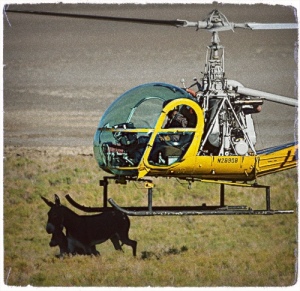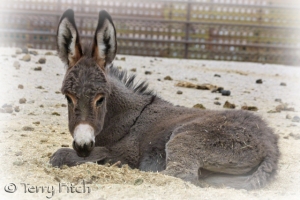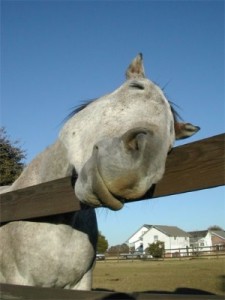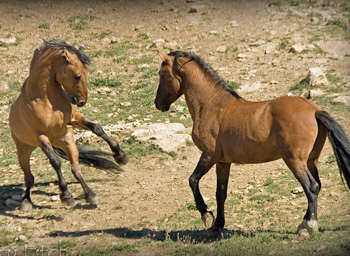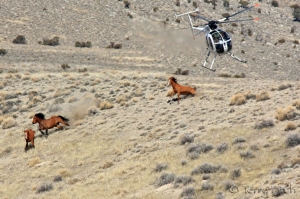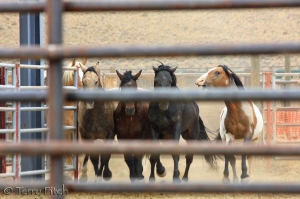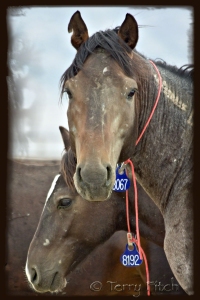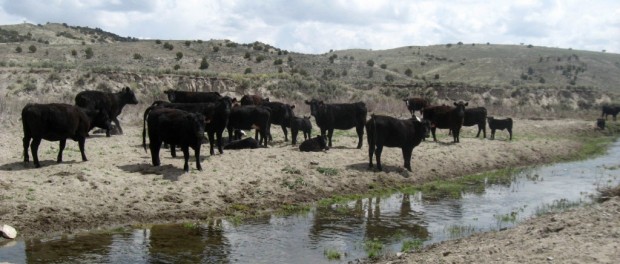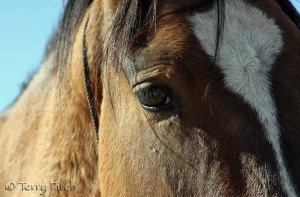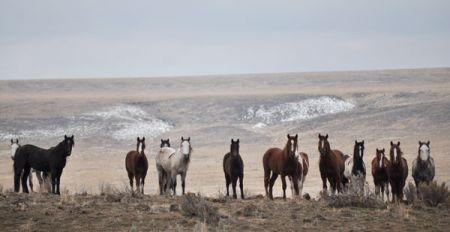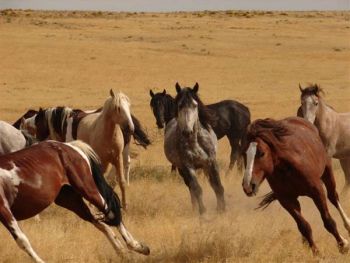Source: Multiple
“They blend into the background and they don’t run. They’ll just stand there and look at you…”
“I am sorry; maybe it is too early in the morning or perhaps I have not finished off enough coffee but the article, below, confuses the living daylights out of me. It appears at first glance that the U.S. Geological Survey‘s science center in Colorado wants to do a five year study on the wild donkeys burros of the Sinbad herd inUtah. And before the study is fully underway the BLM is going to swoop in, stampede the poor little guys and roundup and remove over 50% of the estimated Sinbad herd population. Isn’t that ass-backwards or is it just me? We all have known for years that the BLM cannot count nor cipher correctly so it is probably just more smoke and mirrors to further decimate the last, few wild burros that exist on this continent. The BLM most assuredly speaks with a forked tongue…and I am not buying the hype!!!” ~ R.T.
Federal wildlife officials are planning to use infrared equipment to count the number of wild burros in an elusive eastern Utah herd ahead of a round-up next spring that’s part of a new in-depth study of the animals.
The Bureau of Land Management is using the equipment to sense the animals’ body heat because they tend to scatter and blend into the landscape, making them tough to count, the Deseret News reported.
“It’s cutting edge. We will be able to identify burros based off their heat signature,” said Gus Warr, wild horse and burro specialist for the BLM in Utah. “Burros are tough to identify and count because the jacks go off by themselves and the jennies and foals stick together. They blend into the background and they don’t run. They’ll just stand there and look at you.”
After the wild donkeys in the Sinbad herd are counted in January, the BLM plans to round them up and remove some because the herd has grown too large for the drought-parched land near Green River to support.
They’re looking to round up about 200 wild burros and remove about 130 of them from the range in March to get the herd closer to a sustainable 60 animals.
The removal is also part of a larger effort to study the Sinbad herd, which is one of just two wild burro populations in the state. Relatively little is known about the animals that roam a nearly 100,000-acre range of tough terrain in the San Rafael Swell area about 200 miles southeast of Salt Lake City. Federal officials have done roundups of the Sinbad herd three times in the last two decades: in 1996, 2001 and 2008.
“There’s surprisingly been very little research done over the years,” Warr said. “This is a huge opportunity for us because there is not much data out there. This will provide us with better management tools.”
Researchers with the U.S. Geological Survey’s science center in Colorado are doing a five-year study looking at the dynamics of the herd, including factors like habitat, mortality, movements and survival rate by age.
“This is ground zero because you have to know how many of them are out there if you are going to manage them,” Warr said.
The research is an outgrowth of a 2013 report from the National Academy of Sciences criticizing the BLM for not using a more scientific approach to managing wild horses and burros on public lands.
